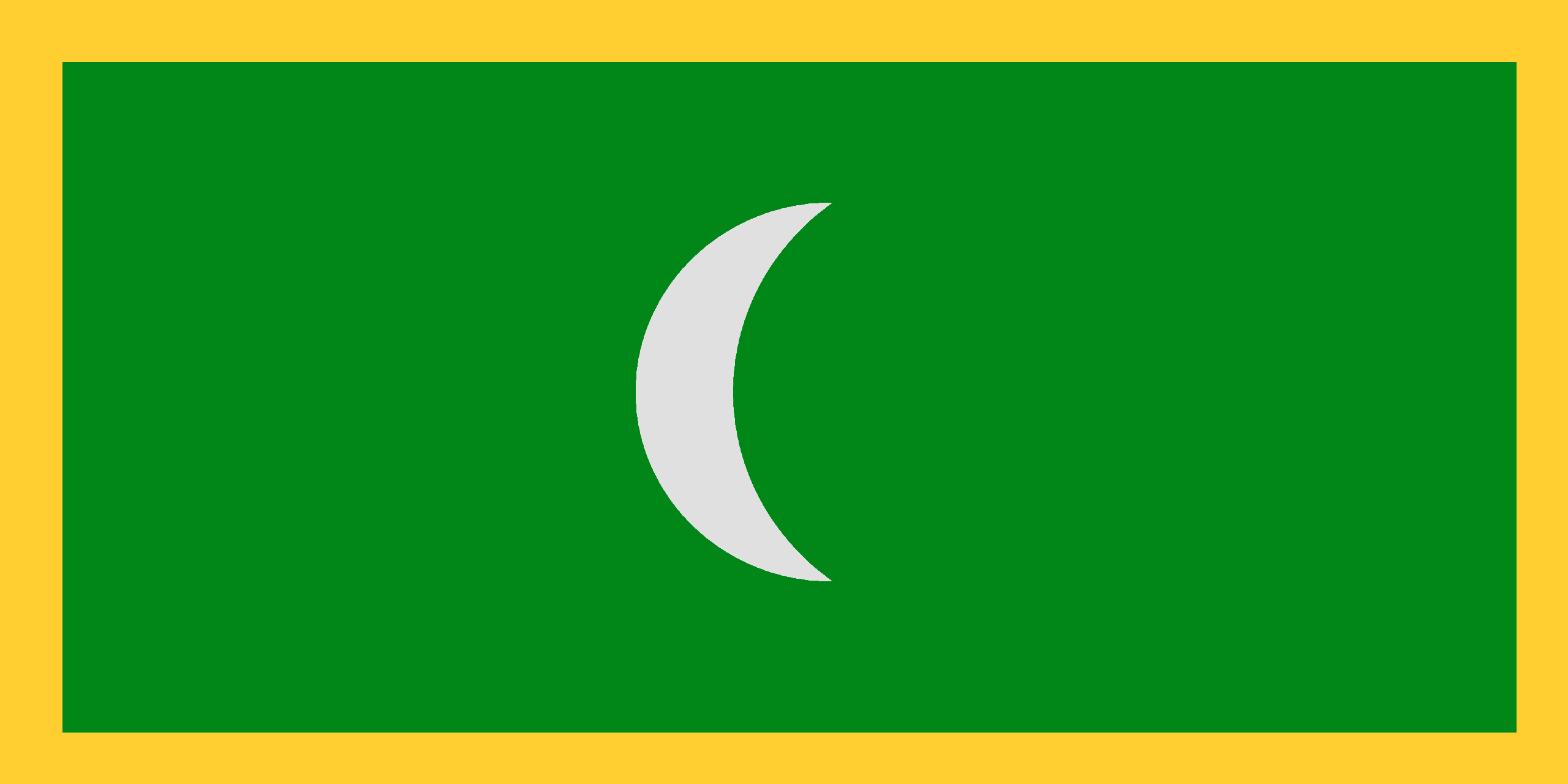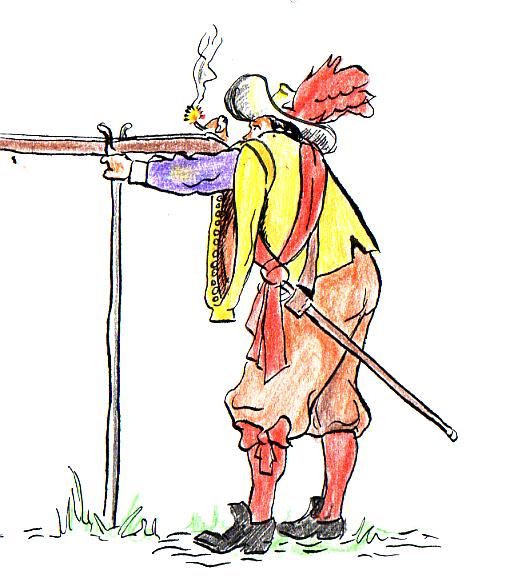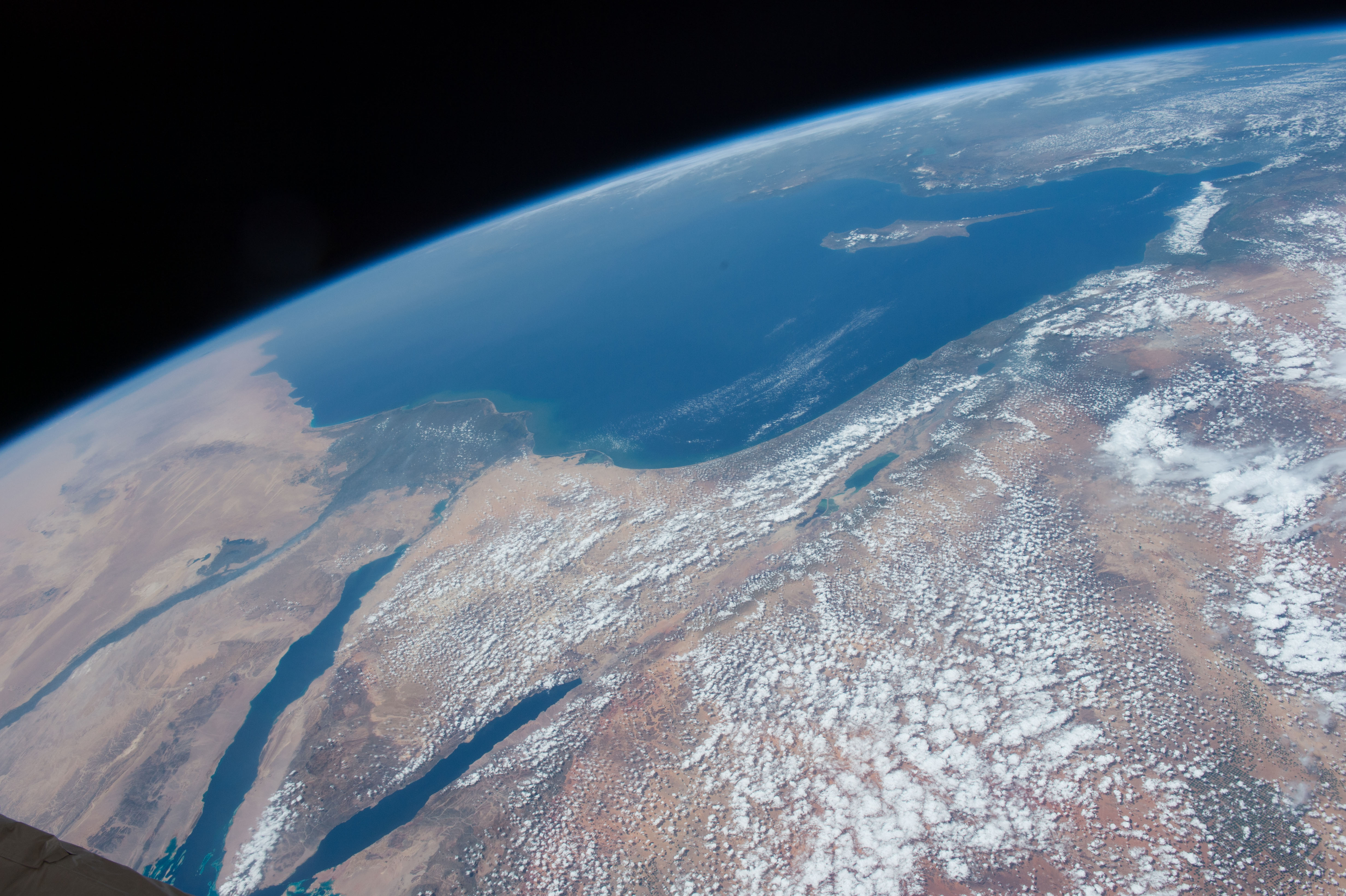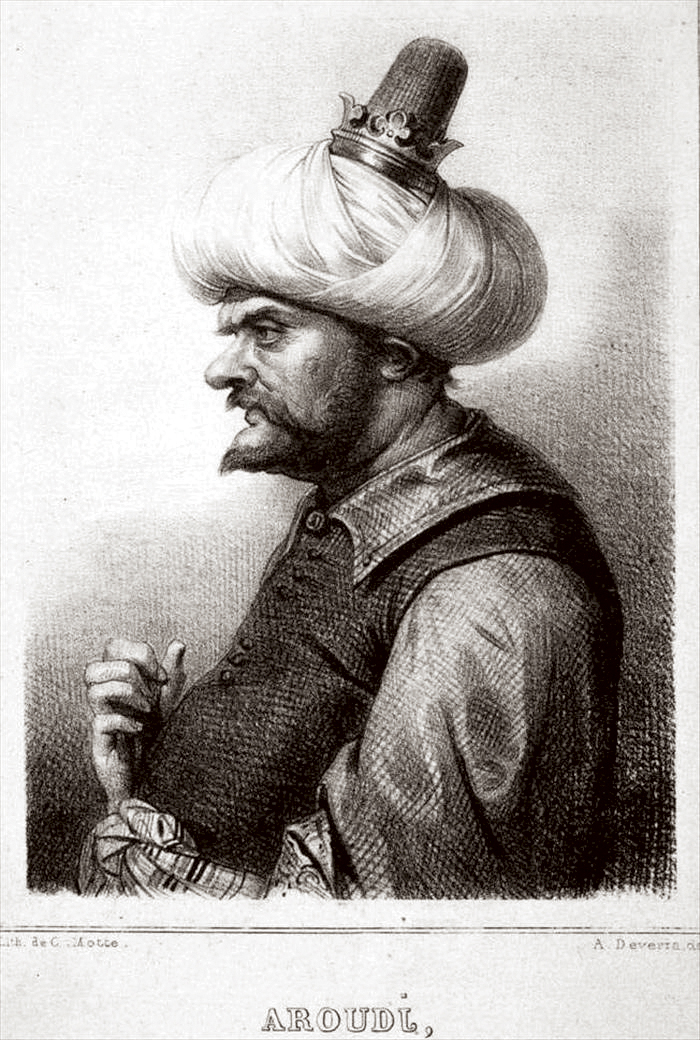|
Battle Of Cape Gelidonya
The Battle of Cape Gelidonya took place on 14 July 1616 during the Ottoman–Habsburg wars#War in the Mediterranean, Ottoman–Habsburg struggle for the control of the Mediterranean. During its course, a small Spanish fleet owned by Viceroy of Naples Pedro Téllez-Girón, 3rd Duke of Osuna, Pedro Téllez-Girón, Duke of Osuna, under the command of Francisco de Rivera, was attacked by an Ottoman fleet that vastly outnumbered it while cruising off Cyprus. Despite this, the Spanish ships, mostly galleons, managed to repel the Ottomans, whose fleet consisted mainly of galleys, inflicting heavy losses. The battle, considered in military historigraphy a «Little Battle of Lepanto, Lepanto», became a turning point in Mediterranean naval warfare, where the galleys employed by the Ottoman navy were left obsolete by the heavily armed western sailing ship, roundships, like galleons and naos, increasingly used by Spain and the rest of Christian nations. The victory was further made signific ... [...More Info...] [...Related Items...] OR: [Wikipedia] [Google] [Baidu] |
Spanish–Ottoman Wars
The Spanish–Ottoman wars were a series of wars fought between the Ottoman Empire and the Spanish Empire for Mediterranean and overseas sphere of influence, influence, and specially for global religious dominance between the Catholic Church and Ottoman Caliphate. The peak of the conflict was in the 16th century, during the reigns of Charles V, Holy Roman Emperor, Charles V, Philip II of Spain, and Suleiman the Magnificent in the years 1515–1577, although it formally ended in 1782. Prelude Clash of interests in the Mediterranean and Europe The Islamic Spain, Islamic rule in the Iberian Peninsula, which Muslim conquest of the Iberian Peninsula, began in 711, experienced its last glorious period during the reign of Abd ar-Rahman III (929–961); after his death, the Umayyad state of Córdoba, Andalusian Umayyad State began to decline, and with the Fitna of al-Andalus, collapse of this state in 1031, the Taifa, ''Tawaif-i Mulûk'' period, in which various Muslim emirates (at ... [...More Info...] [...Related Items...] OR: [Wikipedia] [Google] [Baidu] |
List Of Viceroys Of Naples
This is a list of viceroys of the Kingdom of Naples. Following the conquest of Naples by Louis XII of France in 1501, Naples was subject to the rule of the foreign rulers, first for a short time by the King of France and later by Spain and the Habsburg Archdukes of Austria respectively. Commonly staying far from Naples, these rulers governed the Kingdom through a series of viceroy A viceroy () is an official who reigns over a polity in the name of and as the representative of the monarch of the territory. The term derives from the Latin prefix ''vice-'', meaning "in the place of" and the Anglo-Norman ''roy'' (Old Frenc ...s. Sources * Giovan Pietro Bellori: ''The Lives of the Modern Painters, Sculptors and Architects'' {{Campania * Viceroys Viceroys of Naples 16th-century Neapolitan people 17th-century Neapolitan people 18th-century Neapolitan people ... [...More Info...] [...Related Items...] OR: [Wikipedia] [Google] [Baidu] |
Cyprus Under The Ottoman Empire
The Eyalet of Cyprus (, ''Eyālet-i Ḳıbrıṣ'') was an eyalet/province of the Ottoman Empire made up of the island of Cyprus, which was annexed into the Empire in 1571. The Ottomans changed the way they administered Cyprus multiple times. It was a sanjak/sub-province (, ''Sancağı Ḳıbrıṣ'') of the Eyalet of the Archipelago from 1670 to 1703, and again from 1784 to 1878; a fief of the Grand Vizier (1703–1745 and 1748–1784); and again an eyalet for the short period from 1745 to 1748. Ottoman raids and conquest During Venetian rule, the Ottomans at times raided Cyprus. In 1489, the first year of Venetian control, Ottomans attacked the Karpass Peninsula, pillaging and taking captives to be sold into slavery. In 1539 the Ottoman fleet attacked and destroyed Limassol. Fearing the ever-expanding Ottoman Empire, the Venetians had fortified Famagusta, Nicosia, and Kyrenia, but most other cities were easy prey. In the summer of 1570, the Ottomans struck again, but this ... [...More Info...] [...Related Items...] OR: [Wikipedia] [Google] [Baidu] |
Musketeer
A musketeer ( ) was a type of soldier equipped with a musket. Musketeers were an important part of early modern warfare, particularly in Europe, as they normally comprised the majority of their infantry. The musketeer was a precursor to the rifleman. Muskets were replaced by breech loading rifles as the almost universal firearm for modern armies during the period 1850 to 1870. The traditional designation of "musketeer" for an infantry private survived in the Imperial German Army until World War I. Historical antecedents The hand cannon was invented in Song dynasty China in the 12th century and was in widespread use there in the 13th century. It spread westward across Asia during the 14th century. The hand cannon evolved into the arquebus that appeared in Europe and the Ottoman Empire during the 15th century. The term musket was originally used to describe a heavy arquebus capable of penetrating heavy armor. Although this heavy version of the musket fell out of use after the mid ... [...More Info...] [...Related Items...] OR: [Wikipedia] [Google] [Baidu] |
Çukurova
Çukurova (), or the Cilician Plain (''Cilicia Pedias'' in antiquity), is a large fertile plain in the Cilicia region of southern Anatolia. The plain covers the easternmost areas of Mersin Province, southern and central Adana Province, western Osmaniye Province and northwestern Hatay Province. Etymology ''Çukurova'' is a compound (linguistics), compound of the Turkish language, Turkish words "hollow, Depression (geology), depression" and "plains". The oldest recorded use of the name in Turkish can be traced back to Aşıkpaşazade's late 15th century work '. History The region's recorded history dates back over 6,000 years. During the Bronze Age, the region was known as Kizzuwatna. As an area located between the native Hurrians, Hurrian lands of Southeastern Anatolia Region, Southeastern Anatolia and the native Luwians, Luwian lands of the Mediterranean Region, Turkey, Mediterranean coast of Anatolia, it was a mixed Luwian-Hurrian region. Hence, these two indigenous langua ... [...More Info...] [...Related Items...] OR: [Wikipedia] [Google] [Baidu] |
Eastern Mediterranean
The Eastern Mediterranean is a loosely delimited region comprising the easternmost portion of the Mediterranean Sea, and well as the adjoining land—often defined as the countries around the Levantine Sea. It includes the southern half of Turkey's main region, Anatolia; its smaller Hatay Province; the island of Cyprus; the Greek Dodecanese islands; and the countries of Egypt, Israel, Jordan, State of Palestine, Palestine, Syria and Lebanon. Its broadest uses can encompass the Libyan Sea (thus Libya), the Aegean Sea (thus East Thrace, European Turkey and the mainland and islands of Greece), and the Ionian Sea (thus southern Albania in Southeast Europe) and can extend west to Italy's farthest south-eastern coasts. Jordan is climatically and economically part of the region. Regions The eastern Mediterranean region is commonly interpreted in two ways: *The Levant, including its historically tied neighboring countries, Balkans and islands of Greece. *The Syria (region), region of Sy ... [...More Info...] [...Related Items...] OR: [Wikipedia] [Google] [Baidu] |
Action Off La Goulette (1615)
The raid on La Goulette of 1615 was a naval attack by Spanish ensign Francisco de Ribera on La Goulette, the main port of Ottoman Tunisia. After chasing Barbary pirates from Sicily to La Goulette, Ribera approached their harbor and captured several ships before escaping. Background While the Spanish court focused their Italian resources on the concurrent War of the Montferrat Succession, Osuna received the task of keep a watch on Muslim navies. In December, his ships discovered that the Ottoman Empire had concentrated 70 galleys in Navarino, near Morea, leading Osuna to mobilize the squad of galleys of Sicily, commanded by Pedro de Gamboa y Leyva. While the spy ships captured two Barbary privateers and sank four in the African coasts, Osuna sent Leyva in combination with fleets of the Knights Hospitaller and the Grand Duchy of Tuscany to carry supply for the Christian rebels against Ottoman rule in Morea. In the way to Morea, Leyva captured eleven Turkish caramoussals and the ... [...More Info...] [...Related Items...] OR: [Wikipedia] [Google] [Baidu] |
Patache
A patache (occasionally "patax" or "''pataje''") is a type of sailing vessel with two masts, very light and shallow, a sort of cross between a brig and a schooner, which originally was a warship, being intended for surveillance and inspection of the coasts and ports. It was used as a tender to the fleet of vessels of more importance or size, and also for trans-Pacific travel, but later began to be used for trading voyages, carrying cargo burdens of 30 tons or more. History Pataches were used by the Spanish Navy (''Armada Española'') in the 15th–18th centuries mainly for the protection and monitoring of the overseas territories of the Spanish Empire. Because of their lightness and speed of movement privateers favored them in attacking commercial vessels. Fleets of pataches participated in several historical battles: * The attempted Spanish invasion of England by the Spanish Armada in 1588. * The Battle of Ponta Delgada (Battle of Terceira Island) in 1582, between the French and ... [...More Info...] [...Related Items...] OR: [Wikipedia] [Google] [Baidu] |
Five Holy Wounds
In Catholic tradition, the Five Holy Wounds, also known as the Five Sacred Wounds or the Five Precious Wounds, are the five piercing wounds that Jesus Christ suffered during his crucifixion. The wounds have been the focus of particular devotions, especially in the late Middle Ages, and have often been reflected in church music and art. The wounds The five wounds comprised 1) the nail hole in his right hand, 2) the nail hole in his left hand, 3) the nail hole in his right foot, 4) the nail hole in his left foot, 5) the wound to his torso from the piercing of the spear. The wounds around Jesus' head from the crown of thorns and the lash marks from the flagellation do not qualify as they did not occur on the cross. * Two of the wounds were through either his hands or his wrists, where nails were inserted to fix Jesus to the cross-beam of the cross on which he was crucified. According to forensic expert Frederick T. Zugibe, the most plausible region for the nail entry site i ... [...More Info...] [...Related Items...] OR: [Wikipedia] [Google] [Baidu] |
Raid On La Goulette (1612)
The raid on La Goulette of 1612 was a naval attack by Spanish captain Antonio Pimentel over La Goulette, the main port of Ottoman Tunisia. The raid destroyed a local fleet of western ships built by French privateer Zymen Danseker, who had planned to use it to spread Barbary pirate activity to the Spanish territories in America. Background In 1612, the galleys of Viceroy of Sicily, Pedro Téllez-Girón, Duke of Osuna got hold of an Ottoman spy in Catania, who revealed that Zymen Danseker, a Dutch privateer in the service of France, was working along with the Ottoman Tunisia to build a fleet of western-style sailing ships, complete with Ottoman and Dutch crews, which they planned to use to transverse the Atlantic and spread piratic action to the Spanish American territories. Osuna recognized this as a threat, especially given that Danser had already provided the Regency of Algiers with western ships which had proved hard to defeat by the Spanish and Italian galleys. Obtaining em ... [...More Info...] [...Related Items...] OR: [Wikipedia] [Google] [Baidu] |
Ottoman Tunis
Ottoman Tunisia, also known as the Regency of Tunis, refers to a territory of Ottoman Empire that existed from the 16th to 19th century in what is largely modern-day Tunisia. During the period of Ottoman Rule, Tunis was administratively integrated into the Ottoman Empire as the Eyalet of Tunis. The Ottoman presence in the Maghreb began with the conquest of Algiers in 1516 by the Ottoman Turkish corsair and ''beylerbey'' Aruj (Oruç Reis). In 1534, the Ottoman navy under the command of Kapudan Pasha Hayreddin Barbarossa, himself the younger brother of Aruj, attacked and successfully captured Tunis, which was then a territory of the Hafsids. However, less than a year later, Emperor Charles V sent a large, multinational invasion force to wrest control of Tunis, which attacked from across the Strait of Sicily and overwhelmed the city's Ottoman defenders. Following the final Ottoman reconquest of Tunis from Spain in 1574, the Ottoman Empire would hold Tunis for over three cent ... [...More Info...] [...Related Items...] OR: [Wikipedia] [Google] [Baidu] |
Regency Of Algiers
The Regency of Algiers was an Early modern period, early modern semi-independent Administrative divisions of the Ottoman Empire, Ottoman province and nominal Tributary states of the Ottoman Empire, vassal state on the Barbary Coast of North Africa from 1516 to 1830. Founded by the privateer brothers Aruj Barbarossa, Aruj and Hayreddin Barbarossa, Hayreddin Reis (also known as the Barbarossa brothers), the Regency succeeded the Kingdom of Tlemcen as an infamous and formidable base that waged maritime Religious war, holy war on European Christian powers. Elected regents headed a stratocracy that haunted European imagination for three centuries but still gained recognition as a regional power. The Regency emerged in the 16th-century Ottoman–Habsburg wars. As self-proclaimed gaining popular support and Legitimacy (political), legitimacy from the religious leaders at the expense of hostile local Emir, emirs, the Barbarossa brothers and their successors carved a unique corsair stat ... [...More Info...] [...Related Items...] OR: [Wikipedia] [Google] [Baidu] |






